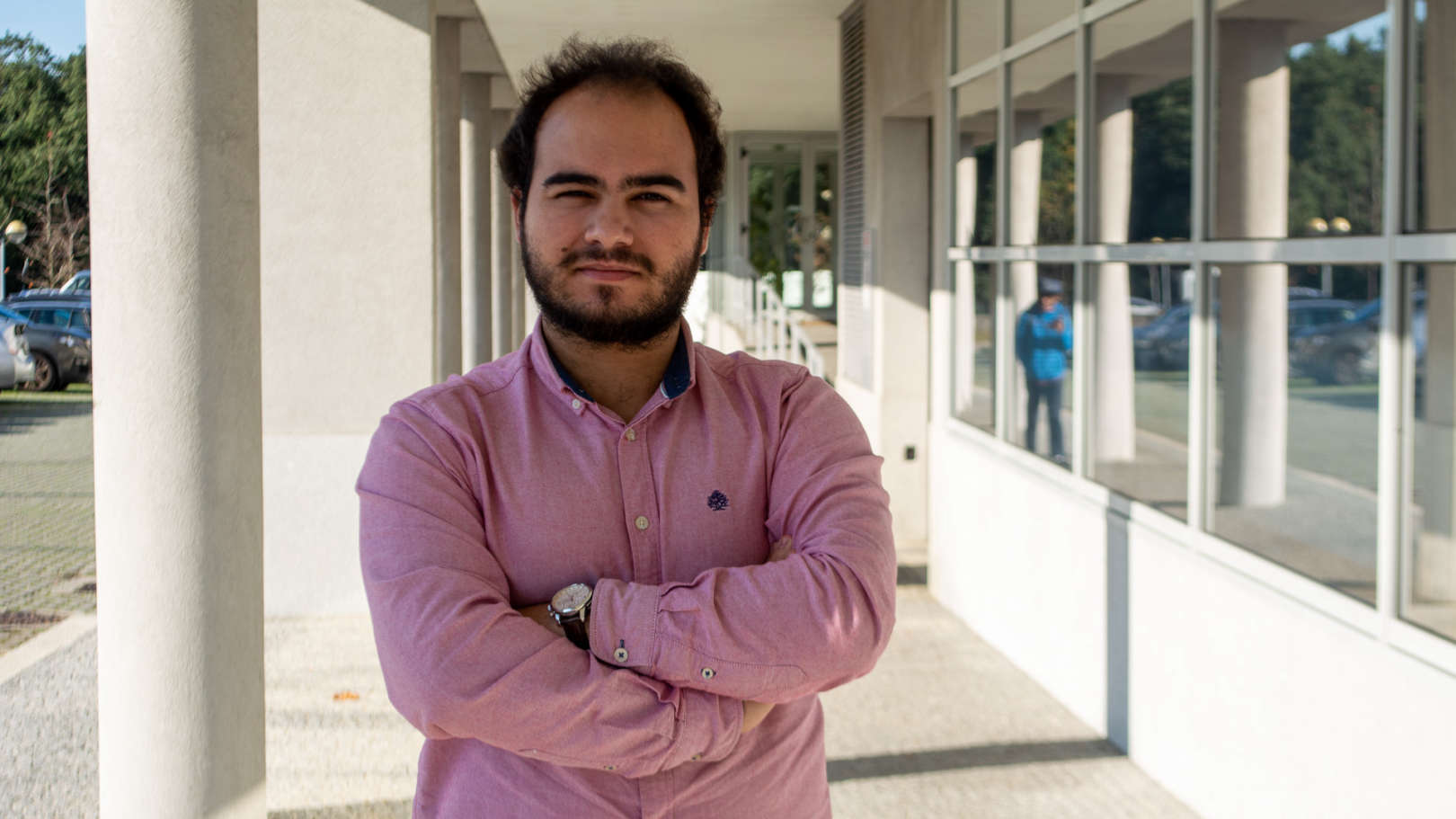About
Tomé Albuquerque received a B.Sc. degree in biochemistry from University of Aveiro and a M.S. degree in biomedical engineering from University of Porto. He is currently pursuing the Ph.D. degree with the University of Porto. He is also a Researcher at INESC TEC since 2019. His main research interests include machine learning, computer vision, and medical imaging diagnosis.


